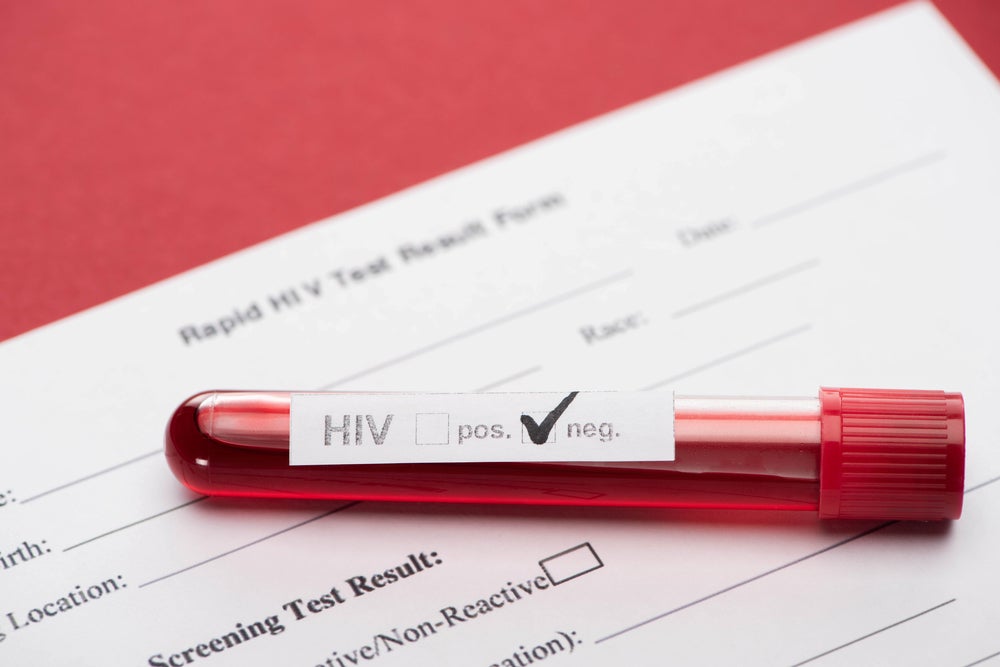As groundbreaking studies continue to reshape the human immunodeficiency virus (HIV) landscape, emerging therapies and prevention strategies highlight both progress and the ongoing challenges in the field. Recent findings presented at IDWeek 2024 offered crucial insights into prevention, treatment, and policy for those affected by HIV.
The HIV prevention landscape for cisgender women remains limited despite the availability of options such as emtricitabine/tenofovir disoproxil fumarate, cabotegravir, and the dapivirine ring. While effective, adherence to these methods remains low, and alternatives are needed to fit women’s varied preferences, including solutions for pregnant women. Notably, emtricitabine/tenofovir alafenamide (F/TAF) has yet to receive approval for cisgender women, limiting its broader use. Current research is assessing the effectiveness of lenacapravir (LEN), an HIV-1 capsid inhibitor with a twice-yearly subcutaneous injection, as a new preventive measure. LEN, along with daily oral therapies such as F/TAF, may soon offer new prevention tools tailored for this population.
Cisgender gay and bisexual men, transgender women, and transgender men remain at higher risk for HIV acquisition, especially in marginalised communities. Uptake and adherence to pre-exposure prophylaxis (PrEP) continue to be suboptimal, contributing to ongoing disparities in HIV incidence. LEN has shown early promise in reducing incidence among these groups, and Gilead has announced plans to support low-cost access to the drug in high-incidence, resource-limited regions through licensing and supply agreements. As the need for expanded prevention strategies grows, LEN and other long-acting therapies could play a pivotal role in kerbing new infections.
The More Options for Children and Adolescents study and other recent trials highlight the success of long-acting injectable (LAI) antiretroviral therapy in children and adolescents. Adolescents who switched to LAI cabotegravir and rilpivirine every two months maintained virologic suppression and overwhelmingly preferred these options over daily oral therapies. While some injection site pain was reported, the convenience and reduced burden of LAI offers an appealing alternative to those managing HIV.
Expanding these long-acting options to broader populations remains a focus, with ongoing trials aimed at optimising dosing and safety for paediatric populations. The LATITUDE study is similarly examining the effectiveness of LAI ART in adults with virologic failure, further broadening the reach of these therapies in addressing key gaps in treatment adherence.
However, despite these advancements, policy challenges remain a significant concern. Demonstrating this, in 2023, Tennesse rejected $6.2m in CDC funding for HIV prevention and diagnosis, primarily affecting high-risk groups such as men who have sex with men, transgender women, and people who inject drugs. The reallocation of these funds to lower-risk populations such as first responders and survivors of sex trafficking has raised concerns about the long-term consequences for HIV prevention in Tennessee.

US Tariffs are shifting - will you react or anticipate?
Don’t let policy changes catch you off guard. Stay proactive with real-time data and expert analysis.
By GlobalDataA Cost-Effectiveness of Preventing AIDS Complications microsimulation model predicts that this reallocation could result in fewer diagnoses and increased transmission over the next decade. As this shift in funding away from high-incidence groups demonstrates, the healthcare community must address the policy-driven disparities that threaten to undermine progress in HIV prevention and treatment.
From LEN’s potential in high-risk populations to LAI therapies offering new hope for children and adolescents, the future of HIV care is evolving rapidly. Yet, as policy shifts and funding reallocation threaten gains, the path forward will require a concerted effort to ensure equitable access to emerging therapies for all populations at risk. Continued advocacy and policy engagement will be critical to ensuring that the most vulnerable populations receive the care and prevention tools they need.





